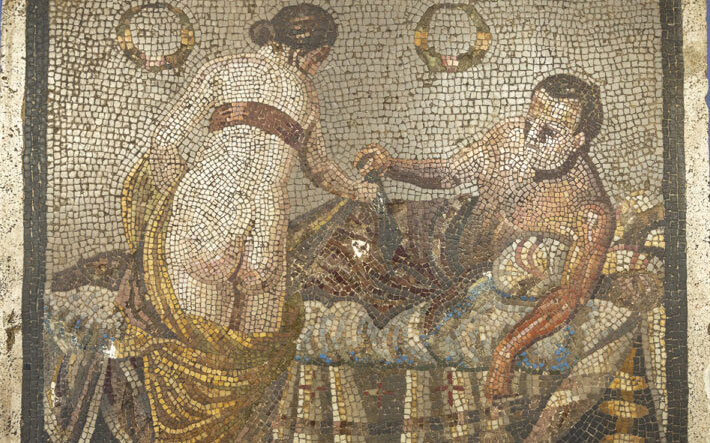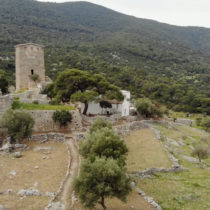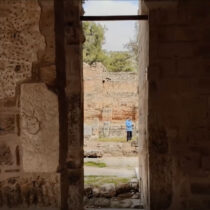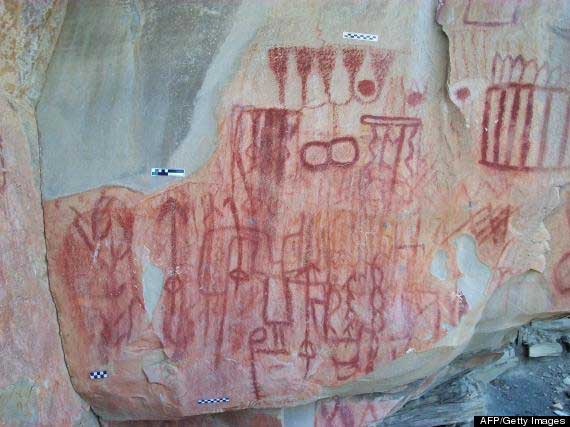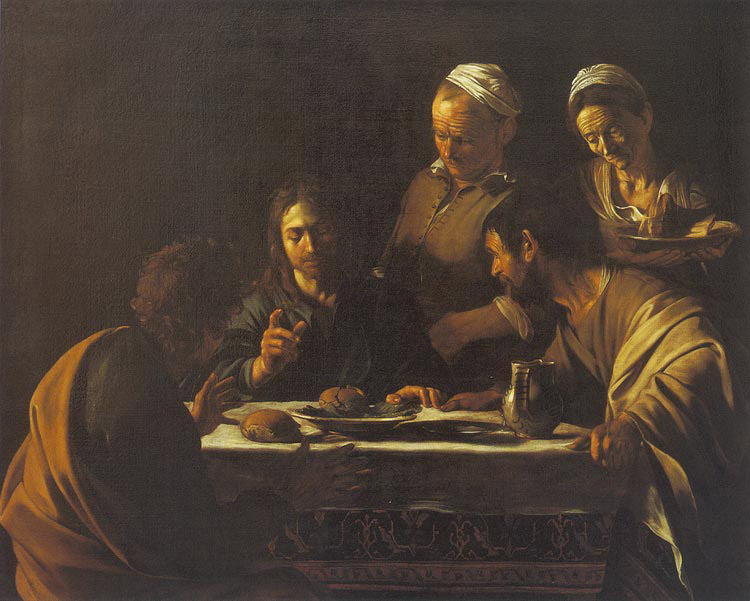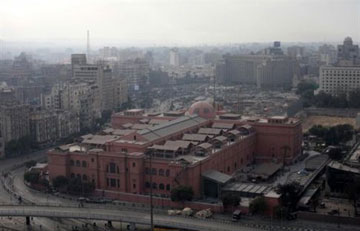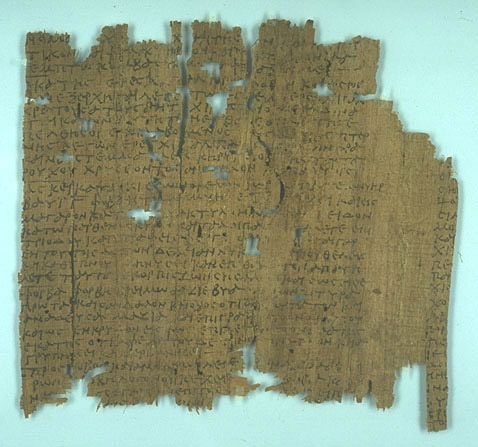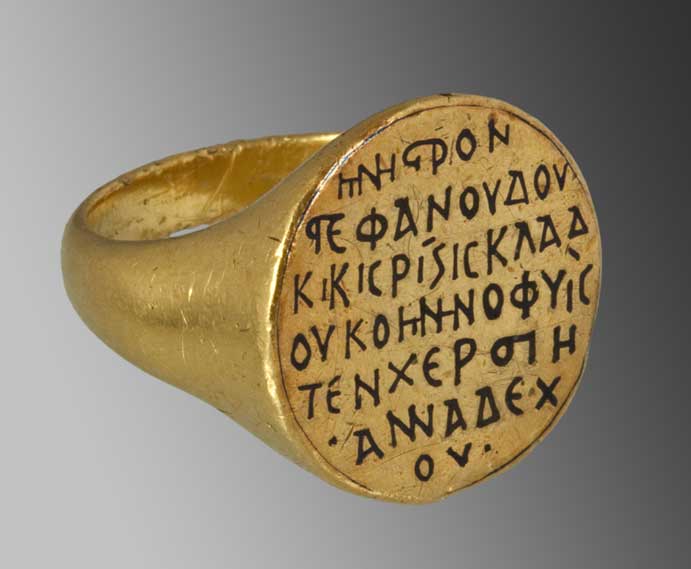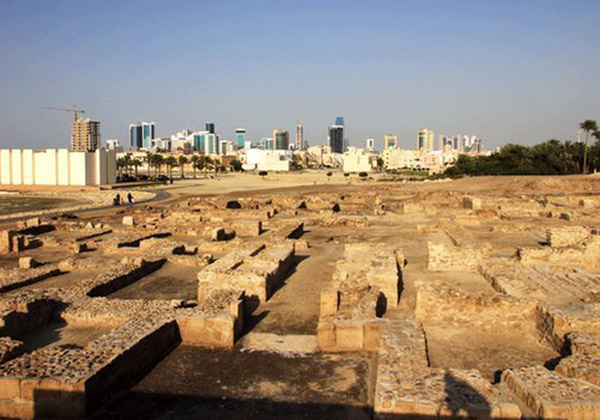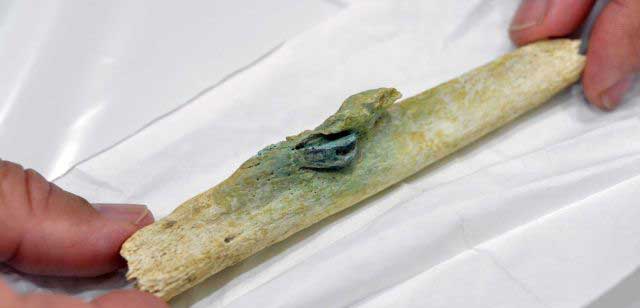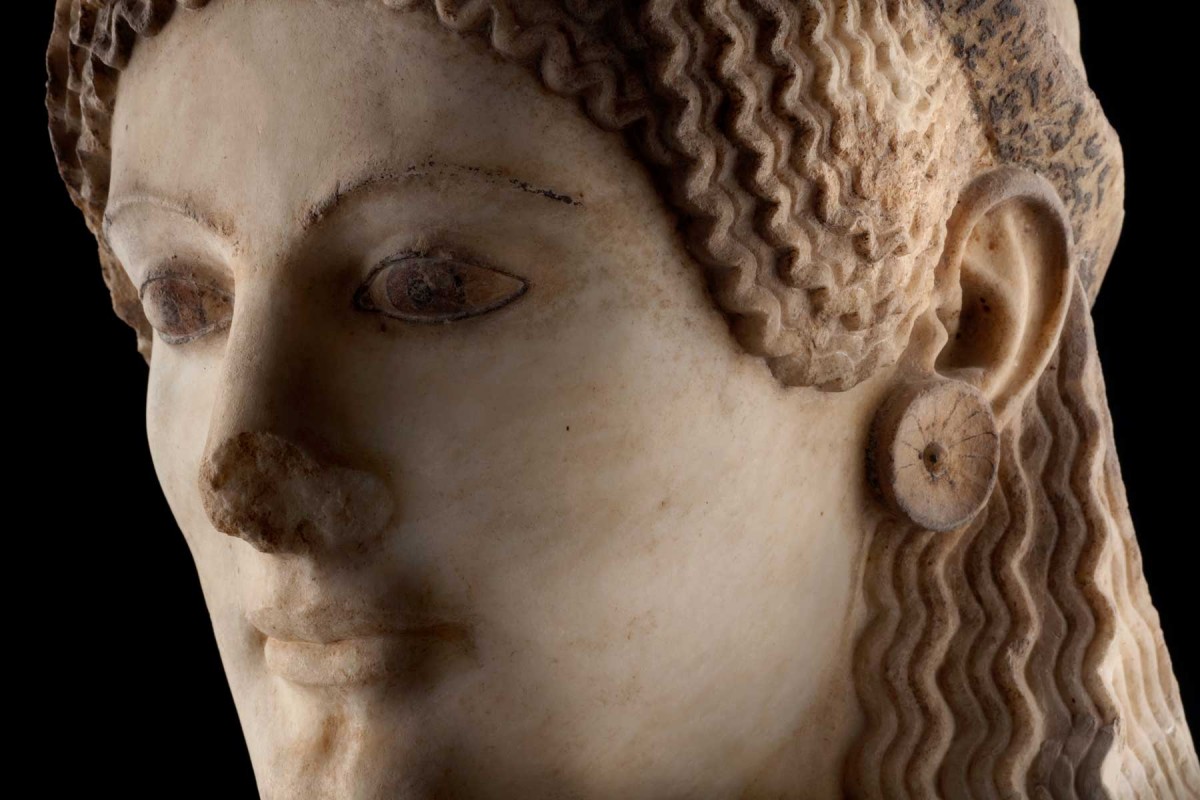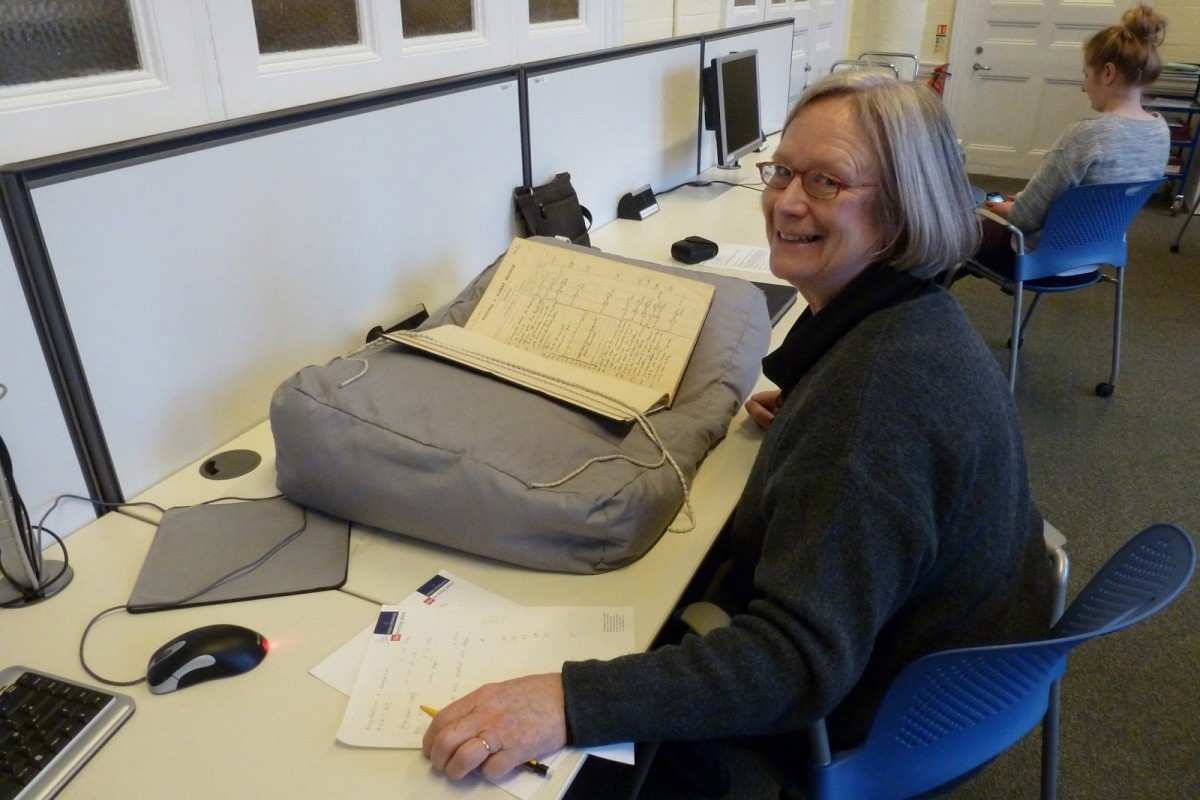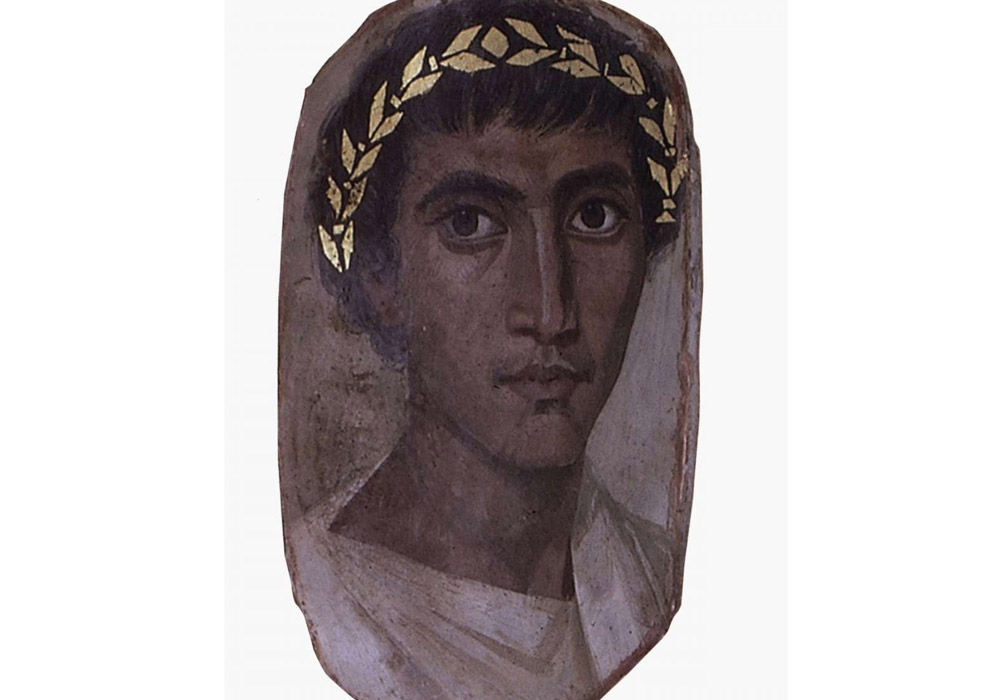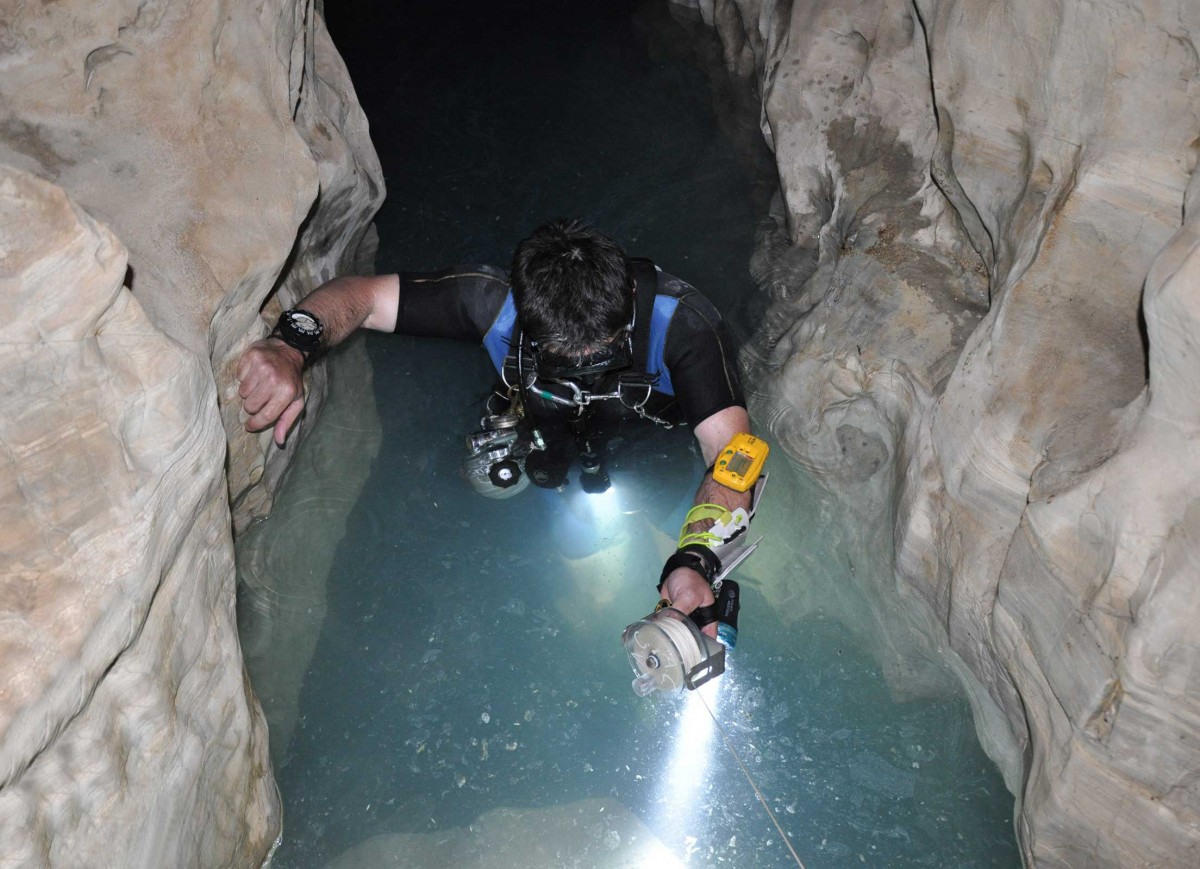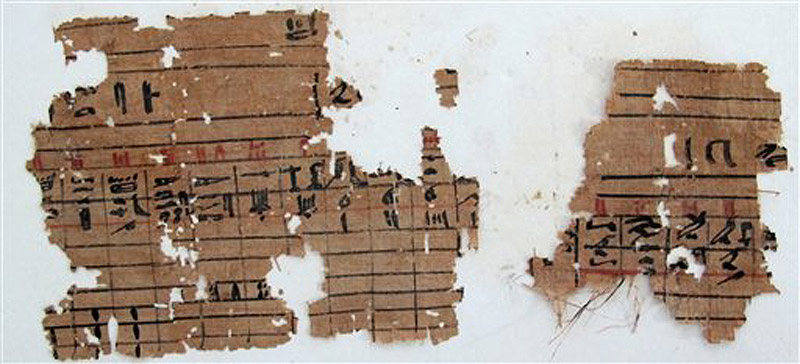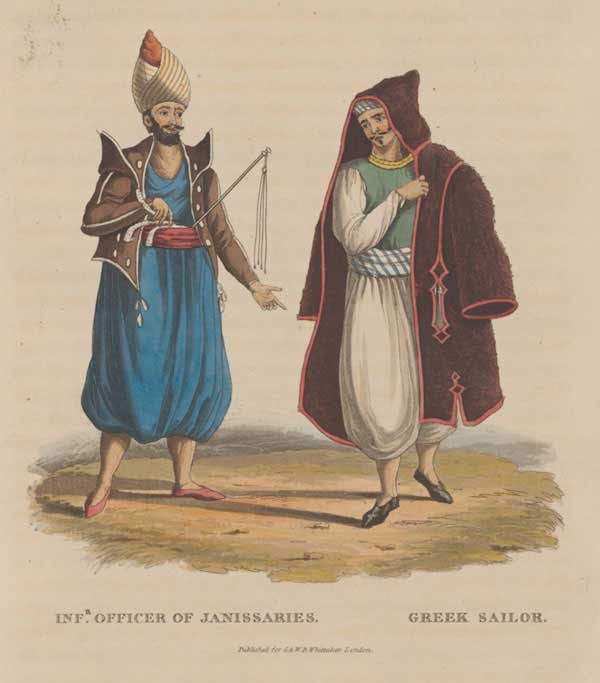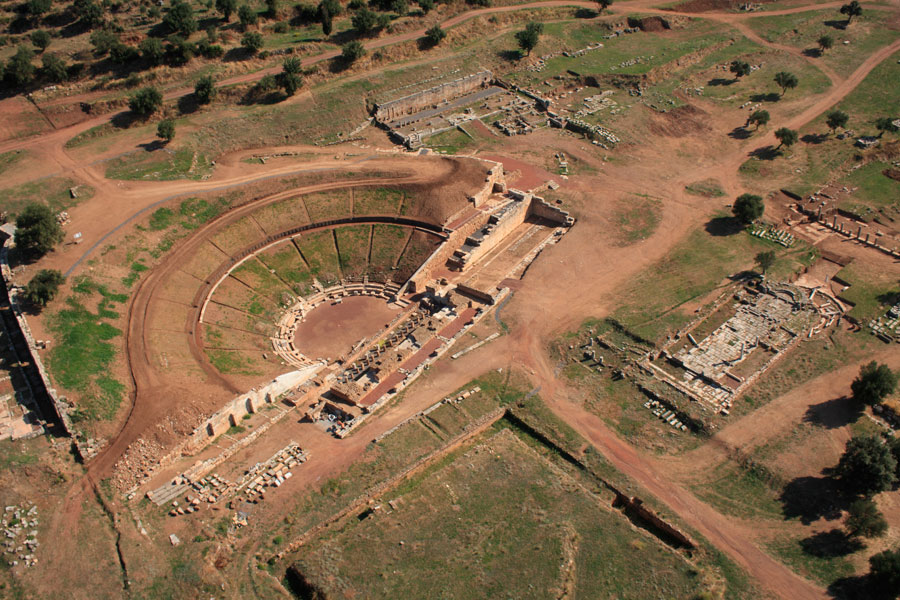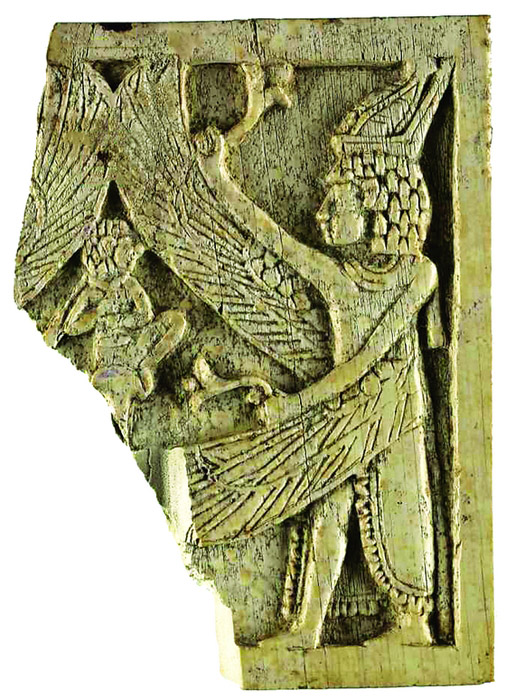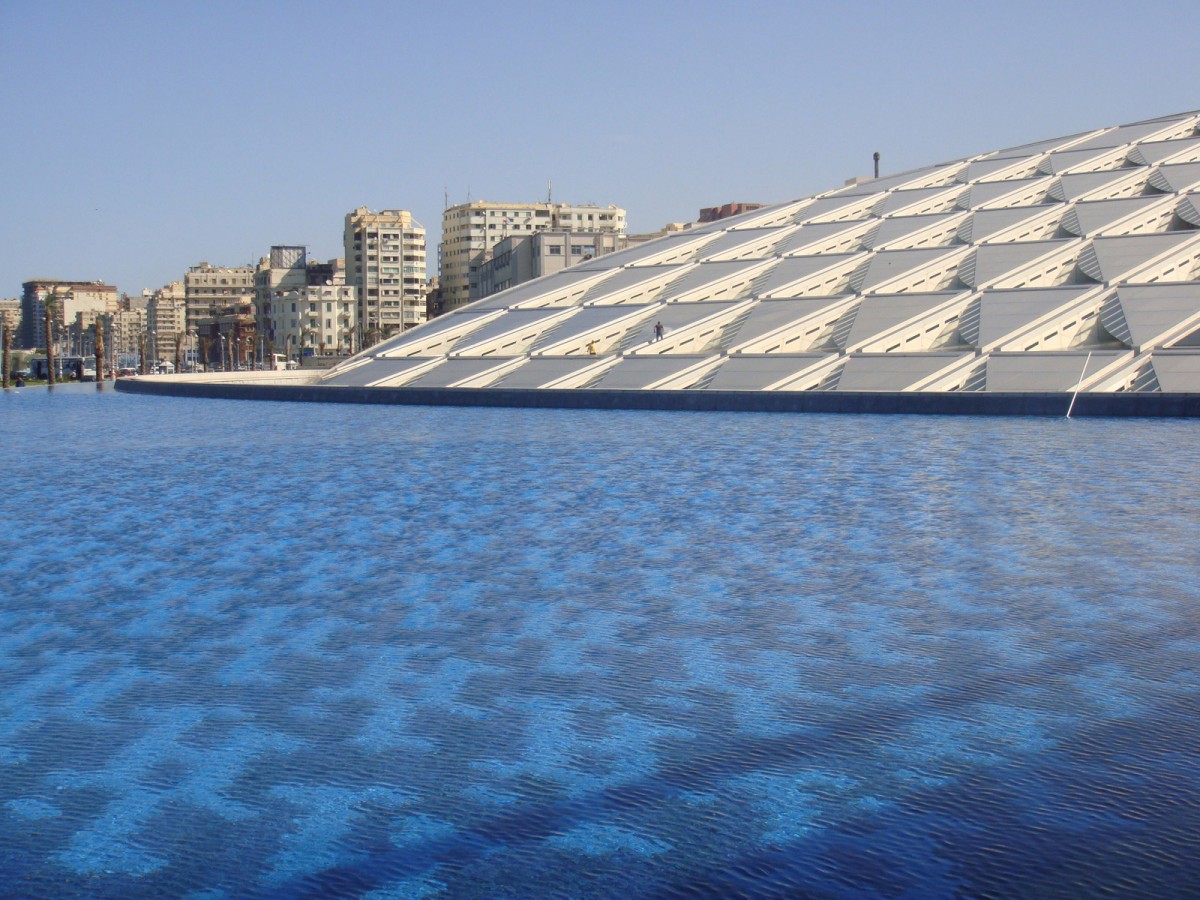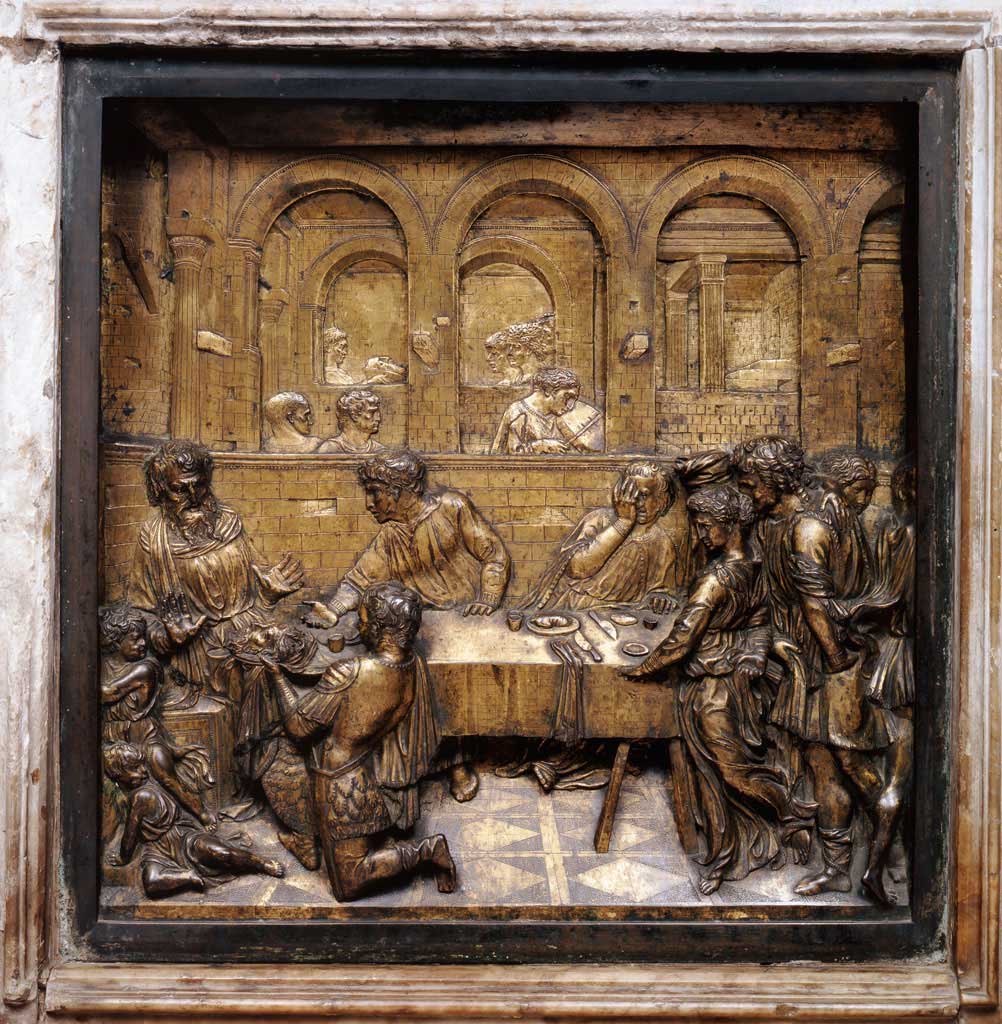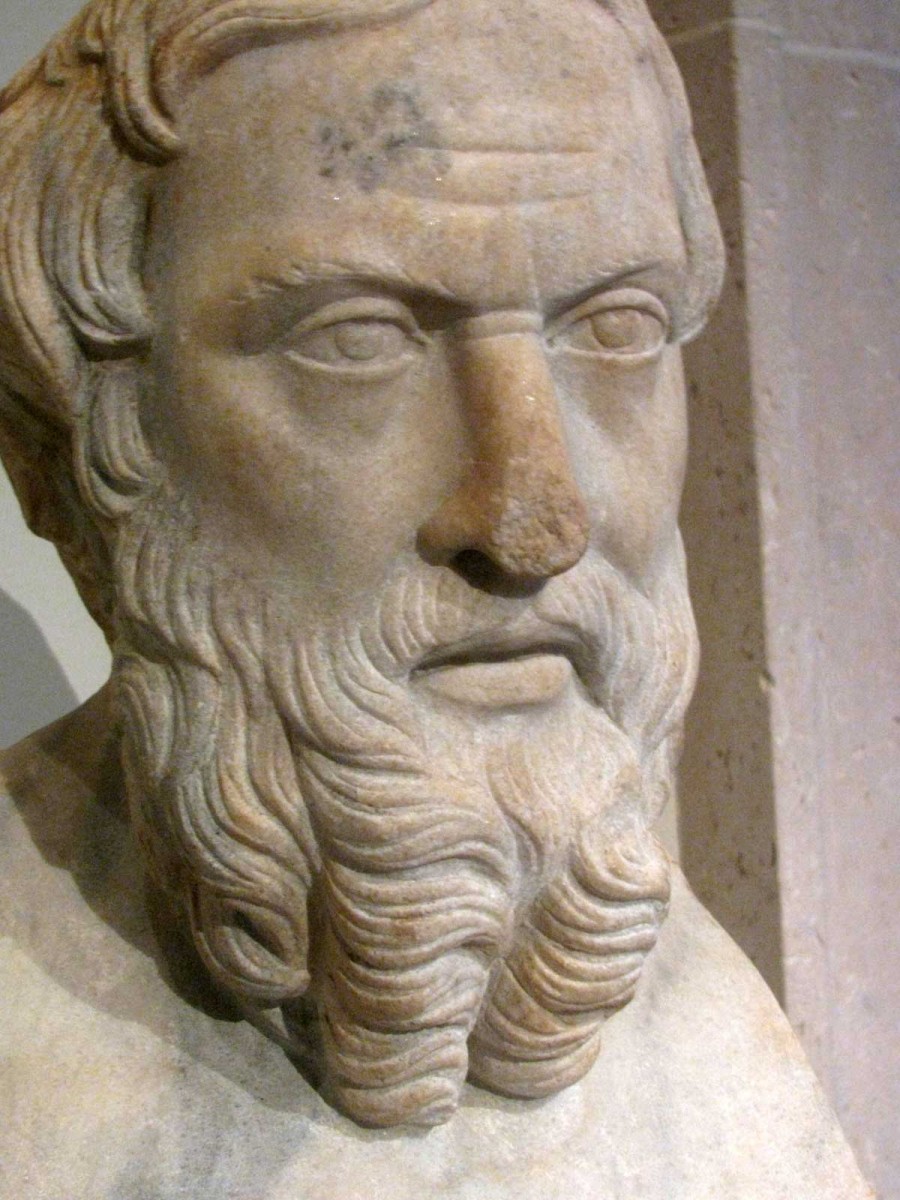Lawrence of Crete
A close-up to the life of John D. S. Pendlebury, who dug at Amarna and Knossos and died fighting against the Nazis in Crete.
Nearly 5,000 cave paintings found in Tamaulipas
Nearly 5,000 well-preserved cave paintings scattered across 11 different sites were found by Mexican researchers, as reported by the Mexican National Institute of Anthropology and History (INAH).
PhD Scholarship in Classics
Doctoral scholarship for entry 2013 covering full tuition fees at the Home/EU rate and a maintenance award of £5,000, for a maximum of three years. Closing date for applications Monday July 1st 2013.
Caravaggio’s famous painting goes to Croatia
Croatia is to be given Caravaggio’s “Supper at Emmaus” (1606) by Italy as a welcome present into the EU. The baroque masterpiece will be presented at Zagreb’s Museum for Arts and Crafts in June.
Man’s best and earliest friend
Dog burials from Simeria indicate that dogs were faced nearly as humans while the affection of humans to dogs was not essentially related to hunting.
The Plagues of the Cairo Museum
Ancient Egyptian artefacts deteriorate in Cairo’s central museum due to poor conditions, lack of resources; experts advise Egyptians to protect antiquities before damage is irreparable.
Greco-Egyptian Magical Hymns: prayers of the Hellenistic Syncretism
A paper aiming to give them a position in the history of Greek (Mediterranean) religion, as a late manifestation of the liturgical-poetic genre of Hymnography, the most sublime of the offerings to the gods in every Mediterranean religion.
Art of Medieval Serbia
The exhibition "Art of Medieval Serbia", organized by the Byzantine and Christian Museum in collaboration with National Museum in Belgrade, opens on May 27th, 2013.
Discovering Dilmun
Excavations at an archaeological site in Bahrain are shedding light on one of the oldest trading civilisations.
Greek Warrior X-rayed on Long Island
It took less than 10 seconds to reveal the truth about the wounded warrior and confirm an Adelphi University archaeologist hypothesis.
Return to Samarra
In 2013, BISI funded a pilot project to research, catalogue, photograph and conserve the V&A’s collections of material excavated by Ernst Herzfeld at Samarra in 1911-1913.
Curatorial position at the British Museum
This role will assist in the development of a temporary exhibition on Egypt of the first millennium AD, documentation and management of parts of the collection and be expected to undertake research on aspects of ancient Egyptian material culture.
Images of magical moments
The Benaki Museum in honor of the great photographer Constantine Manos presents an exhibition-tribute to his multi-awarded A Greek Portfolio.
New amphipod species discovered in Melissotrypa Cave
A new amphipod species was discovered in the Melissotrypa Cave near Elassona after two years of research conducted by scientists of the Natural History Museum – Volos in cooperation with the scientific centre of Biogeology of the University of Göttingen
The Greek Experience Under Ottoman Rule
Deadline for submission of applications, including recommendation letters: May 24, 2013.
The ancient theatre of Messene re-opens
After 1,700 years of neglect and silence, the ancient theatre of Messene re-opens its doors for the public, this summer.
Archaeology’s Hidden Secrets
Phoenician ivory sculptures were originally painted with colorful pigments, and some were decorated with gold.
2013 Egyptological Congress postponed
The unsettling situation currently affecting culture and archaeology in Egypt probably explains the small number of registrations which results in postponing the event once more..
The Springtime of the Renaissance
The exhibition sets out to challenge received notions about the birth of the Italian Renaissance.
Knowing Future Time in and through Greek Historiography
This conference seeks to discuss the philosophical, narrative, ethical and political articulations of future time in Greek historiography and reflect on the repercussions of this category in modern genealogies of historical thought.
Artemidorus: an ancient murder mystery?
According to Dr. Filer, Artemidorus had sustained massive blows to the back of his head, showing no signs of healing, a clue that leads us to think that the unfortunate event took place close to his death.
